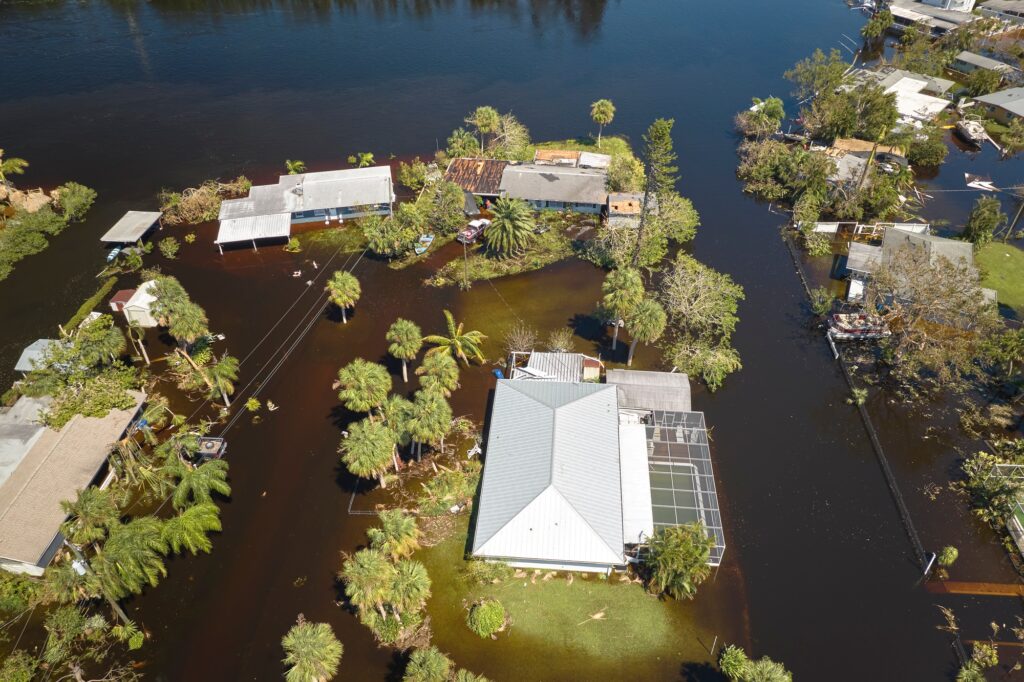Not sure if your home is at risk of flooding? It’s an important question, especially in areas like Fort Myers, Florida. Understanding your flood risk can help you protect your home, finances, and family. From using flood maps to knowing about Flood-Prone Area Insurance, we’ll guide you through the steps to stay prepared.
Understanding Flood-Prone Areas
What Does “Flood-Prone Area” Mean?
A flood-prone area is any region at risk of flooding due to its location or environmental factors. Flooding can happen for several reasons, including heavy rain, hurricanes, melting snow, or overflowing rivers. According to the Federal Emergency Management Agency (FEMA), flooding is the most common natural disaster in the U.S. and can happen anywhere.
If you live in a flood-prone area like Fort Myers, it’s especially important to understand your risk. Why? Because floods can damage your property, disrupt your life, and lead to expensive repairs. This is where having the right protections, such as Flood-Prone Area Insurance, comes into play.
Types of Flood Zones According to FEMA
FEMA uses flood maps to classify different areas by their risk level. These maps can help you see if your home is high-risk or lower-risk.
Here’s a breakdown of the most common flood zone labels you might see:
- Zone A and AE – High-risk flood zones where annual flooding has a 1% chance of occurring (also called the “100-year floodplain”). If your home is here, lenders may require you to have Flood-Prone Area Insurance.
- Zone X (Shaded) – Moderate flood risk, with a 0.2% chance of flooding each year (500-year floodplain).
- Zone X (Unshaded) – Low-risk zones, but flooding is still possible.
Even homes outside high-risk zones can face flood risks. FEMA notes that more than 20% of flood insurance claims come from properties outside high-risk areas.
Real-World Impact of Living in a Flood-Prone Area
Flooding can be devastating. It destroys homes, damages belongings, and leaves families dealing with emotional and financial stress.
- A single inch of water can cause over $25,000 in damage, according to FEMA.
- Repairs for flood-related damage often aren’t covered by standard homeowners insurance. This is why having Flood-Prone Area Insurance is critical.
Understanding your home’s risk level isn’t just about peace of mind. It’s about making informed decisions to protect your finances, safety, and family.
Tools and Resources for Assessing Flood Risk
FEMA Flood Maps
One of the most trusted tools for assessing flood risk is FEMA’s Flood Map Service Center. You can access these maps online for free and see how your property is classified.
Here’s how to use it effectively:
- Visit FEMA’s Flood Map website and enter your address.
- Look at the map to determine your home’s flood zone designation.
The maps show different flood risk levels, from high-risk zones like Zone A to low-risk zones like Zone X. This information can help you understand if investing in Flood-Prone Area Insurance is critical for your property.
Local Government and City Resources
Fort Myers offers additional tools to assess your flood risk. Many city and county offices provide floodplain maps and storm surge information specific to the area. These maps can give you an even clearer picture, taking local infrastructure like drainage systems into account.
You can also contact your local government to ask about flood mitigation plans and resources in your neighborhood. They may have workshops or tip sheets to help you prepare.
Online Tools and Technological Resources
Technology makes flood risk assessment easier than ever. Several online tools and apps go beyond FEMA flood maps to provide detailed risk analysis.
- FloodFactor evaluates flood likelihood over 30 years and includes property-specific risks.
- The National Water Model by NOAA predicts floods in real time.
- Websites like FloodSmart.gov provide information on flood risks and the importance of Flood-Prone Area Insurance.
With these tools, you can enter your address and instantly see your home’s risk level. Combining FEMA maps with these tools gives you a comprehensive understanding of what you’re facing.
Advice from Professional Assessors
Sometimes, getting a professional opinion is the best option. Floodplain managers and surveyors can take a closer look at your property’s unique features. They may even provide a flood elevation certificate, which shows your home’s elevation relative to the base flood level.
This certificate isn’t just useful for understanding risk. It can also help you qualify for lower premiums on Flood-Prone Area Insurance. Working with local experts ensures you have accurate and tailored information for your home.
Local Considerations for Fort Myers, Florida
Unique Risk Factors in Fort Myers
Fort Myers has specific risks that increase the chances of flooding. This city sits near the Gulf of Mexico, making it highly vulnerable to storm surges caused by hurricanes. According to the National Hurricane Center, storm surges are responsible for around half of all hurricane-related fatalities.
Additionally, Fort Myers is part of a low-lying coastal region. Its geography allows water levels to rise more quickly during storms. Even if you don’t live on the coast, this elevation factor makes it essential to have protection like Flood-Prone Area Insurance.
Seasonal Weather and Its Role in Flooding
Florida has a distinct wet season that typically lasts from May to October. During this time, heavy rainfall is common. Fort Myers averages around 55 inches of rainfall per year, higher than the national average of 38 inches.
The Atlantic hurricane season overlaps with the wet months, running from June 1st to November 30th. This increases the likelihood of flooding caused by powerful tropical storms or hurricanes. If you live here, it’s important to stay aware of these seasonal patterns and prepare your home accordingly.
Local Developments and Infrastructure
Urban growth in Fort Myers can also affect flood risks. New developments may increase water runoff by replacing natural soil with concrete, which doesn’t absorb water as easily. This creates a need for strong drainage systems to handle the excess water.
The city has implemented measures like levees and pumps to reduce flood risks. However, no system is foolproof, and extreme weather events can overwhelm even the best infrastructure. That’s why many residents consider Flood-Prone Area Insurance a key part of their preparation strategy.
Understanding the unique risks in Fort Myers helps you make informed decisions about protecting your home. From weather patterns to urban changes, every factor counts when planning for potential flooding.
Proactive Steps for Home Assessment
Inspecting Your Property
Looking at your property can reveal clues about its flood vulnerability. Start by checking for areas where water might pool during heavy rain. Low-lying spots, poor drainage, and nearby bodies of water like rivers or canals are common issues.
Here are some steps you can take to inspect your property:
- Walk your yard after a rainstorm. Look for standing water or slow-draining areas.
- Check nearby water bodies. If you live close to a river or stream, consider how heavy rains could cause them to overflow.
- Look at your driveway and pathways. These areas can act as channels for water flow.
Knowing the layout of your land prepares you to make changes that reduce flood risk. Combined with protection like Flood-Prone Area Insurance, these steps help safeguard your property.
Evaluating Your Home’s Construction
The way your home is built can determine how it withstands flooding. For example, homes on raised foundations are less likely to be damaged by rising water. On the other hand, homes with basement levels face higher risks.
Here are some key factors to evaluate:
- Your home’s elevation. This is one of the most important factors in flood risk. Higher elevations mean less risk.
- Foundation type. Slab foundations typically sit at ground level, making them more vulnerable than elevated structures.
- Existing flood-proofing measures. Features like sump pumps, French drains, and proper roof drainage make a big difference.
If your home isn’t equipped to handle flooding, consider renovations to improve its resilience. You might also need an elevation certificate to better understand your risk and adjust your Flood-Prone Area Insurance premiums.
Taking these proactive measures gives you peace of mind. By tackling both your property and home construction, you’re creating a solid defense against flood damage.
The Importance of Flood Insurance
Understanding Flood Insurance Policies
Many people think their standard homeowners insurance covers flooding, but that’s not true. Homeowners insurance typically excludes flood-related damages. That’s why Flood-Prone Area Insurance is so important.
Flood insurance through the National Flood Insurance Program (NFIP) or private providers helps cover damages caused by rising water. Here’s what it typically includes:
- Building Coverage: Protects your home’s structure, including walls, roof, and foundation.
- Contents Coverage: Covers personal belongings like furniture, electronics, and appliances.
According to FEMA, the average flood insurance policy costs about $700 per year. But compared to the thousands or even tens of thousands you’d spend on flood repairs, it’s a smart investment.
Why Every Fort Myers Resident Should Consider Coverage
Living in Fort Myers means being aware of the area’s flood risks, especially during hurricane season. Even if you live outside a high-risk zone, floods can still happen. FEMA estimates that 20% of flood insurance claims come from areas labeled as low- or moderate-risk.
Consider these statistics:
- The average flood damage claim between 2017 and 2021 was over $69,000.
- A single inch of water can cause more than $25,000 in damage.
Flood-Prone Area Insurance gives you financial protection and peace of mind. It ensures you’re ready for emergencies, regardless of your risk zone.
Choosing the Right Flood Insurance Policy
Not all flood insurance plans are the same. Here are some tips for finding the right policy:
- Assess your coverage needs. High-risk zones may require higher building and contents coverage limits.
- Compare NFIP and private providers. Private insurers may offer additional perks, such as higher coverage limits or lower premiums.
- Work with local experts. Insurance agents in Fort Myers understand specific regional risks and can guide you to the right policy.
Flood-Prone Area Insurance isn’t just about meeting a lender’s requirement. It’s about protecting your home, your belongings, and your future. Don’t wait until it’s too late—flood insurance is a step every homeowner should take.
Actionable Tips for Homeowners
Mitigating Your Risk for Flood Damage
There are steps you can take to reduce the risk of flood damage to your home. Sometimes these small changes can make a big difference. Here are a few suggestions:
- Install flood barriers. You can use sandbags or more permanent flood gates to keep water out.
- Add a sump pump to your basement. Sump pumps help keep water from pooling in low areas of your home.
- Maintain your roof and gutters. Clogged gutters can cause water to overflow and seep into your home. Clean them regularly to ensure water flows away from your property.
Did you know the Federal Alliance for Safe Homes (FLASH) says proper drainage systems can reduce flood risk by up to 80% during heavy rain? Combine these efforts with a strong plan for Flood-Prone Area Insurance, and you’ll protect both your finances and your home.
Preparing for Flood Events
Flood preparedness isn’t just about your property—it’s also about your safety. A little planning now can save you a lot of trouble later.
Here are some must-haves for your preparation checklist:
- Build an emergency kit. Include essentials like water, non-perishable food, flashlights, batteries, and first aid supplies.
- Safeguard important documents. Use waterproof containers for documents like insurance policies, birth certificates, and passports.
- Create an evacuation plan. Know the best routes out of your neighborhood and establish a meeting spot for your family.
The National Weather Service advises all residents to be ready to “Turn Around, Don’t Drown” if they encounter flooded roads. Just six inches of moving water can knock over adults, and two feet can sweep away vehicles. Your preparation, combined with a good Flood-Prone Area Insurance policy, will keep you ready for anything.
Staying Updated on Local Flood Warnings
Staying informed is one of the easiest ways to stay safe. Technology makes it simple to track weather and flood risks in real time.
- Sign up for local alerts. Services like Lee County’s AlertLee System will send emergency notifications straight to your phone or email.
- Use weather apps. Apps like NOAA Weather Radar can provide flood warnings and severe weather updates.
- Check flood maps frequently. Flood zone maps can change, especially after major storms. Stay informed about updates that could affect your property.
By taking these steps, you’ll always be one step ahead. Combine this vigilance with the protection offered by Flood-Prone Area Insurance, and you’re setting yourself up for a safer future.
Understanding whether your home is in a flood-prone area can save you from expensive surprises. By learning about FEMA flood zones and leveraging tools like flood maps and local resources, you can assess your risk. Fort Myers residents face unique challenges due to geography, weather, and development. Taking proactive steps—like inspecting your property and considering flood-proofing—can reduce vulnerability. Most importantly, securing Flood-Prone Area Insurance ensures you’re financially protected. Contact our agency today for expert advice or to get a personalized insurance quote.







